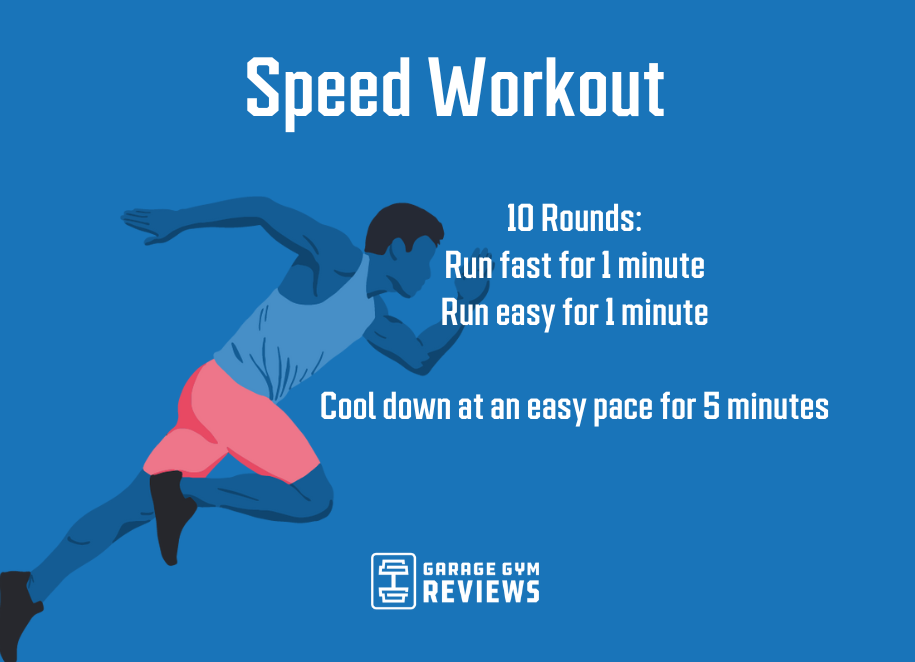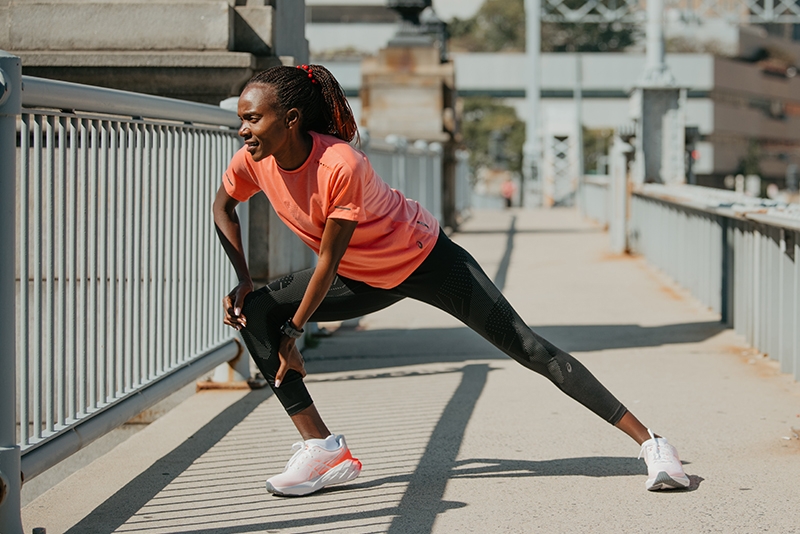Unleash Your Possible: Running Strategy Fundamentals for Peak Performance
Unleash Your Possible: Running Strategy Fundamentals for Peak Performance
Blog Article
Taking Care Of Common Running Discomforts: Reasons, Solutions, and Prevention
As runners, we frequently experience various pains that can hinder our efficiency and satisfaction of this physical activity. From the devastating pain of shin splints to the unpleasant IT band disorder, these usual operating pains can be frustrating and demotivating. Understanding the reasons behind these conditions is essential in successfully resolving them. By exploring the root reasons for these operating pains, we can discover targeted remedies and preventative procedures to guarantee a smoother and more fulfilling running experience (navigate to this website).
Usual Running Discomfort: Shin Splints
Shin splints, a typical running discomfort, frequently arise from overuse or improper footwear throughout physical activity. This problem, clinically called medial tibial anxiety syndrome, manifests as discomfort along the internal edge of the shinbone (shin) and prevails among athletes and joggers. The repetitive anxiety on the shinbone and the cells affixing the muscular tissues to the bone causes inflammation and discomfort. Joggers who rapidly boost the intensity or period of their exercises, or those who have level feet or incorrect running strategies, are specifically susceptible to shin splints.
To avoid shin splints, individuals should slowly boost the intensity of their exercises, put on suitable shoes with correct arch support, and preserve flexibility and stamina in the muscular tissues bordering the shin. If shin splints do happen, initial treatment includes remainder, ice, compression, and elevation (RICE) In addition, incorporating low-impact activities like swimming or cycling can aid maintain cardio physical fitness while permitting the shins to recover. Relentless or serious instances may call for medical evaluation and physical treatment for reliable administration.
Typical Running Discomfort: IT Band Disorder
Along with shin splints, one more common running discomfort that professional athletes often run into is IT Band Disorder, a problem brought on by swelling of the iliotibial band that leaves the external thigh and knee. IT Band Disorder usually materializes as pain outside of the knee, specifically throughout tasks like running or cycling. The iliotibial band is a thick band of fascia that links the hip to the shin, and when it becomes inflamed or tight, it can scrub against the upper leg bone, resulting in pain and discomfort.
Runners experiencing IT click for more info Band Syndrome may see a stinging or aching experience on the outer knee, which can intensify with ongoing task. Elements such as overuse, muscular tissue discrepancies, improper running kind, or insufficient workout can add to the development of this condition.
Common Running Discomfort: Plantar Fasciitis

Plantar Fasciitis can be connected to numerous factors such as overtraining, improper footwear, working on difficult surfaces, or having high arcs or flat feet. To prevent and reduce Plantar Fasciitis, joggers can include extending exercises for the calves and plantar fascia, wear supportive footwear, keep a healthy and balanced weight to decrease pressure on the feet, and gradually raise running strength to avoid sudden stress and anxiety on the plantar fascia. If signs linger, it is advised to get in touch with a medical care expert for appropriate medical diagnosis and treatment options to deal with the problem efficiently.
Usual Running Pain: Runner's Knee
After attending to the challenges of Plantar Fasciitis, an additional widespread issue that joggers frequently face is Runner's Knee, a typical running discomfort that can prevent athletic efficiency and cause discomfort during physical task. Runner's Knee, likewise known as patellofemoral discomfort disorder, shows up as pain around or behind the kneecap. Joggers experiencing this pain may really feel a dull, hurting discomfort while running, going up or down stairs, or after extended periods of resting.
Common Running Pain: Achilles Tendonitis
Generally affecting runners, Achilles Tendonitis is an agonizing problem that influences the Achilles ligament, causing discomfort and possible limitations in physical activity. The Achilles ligament is a thick band of cells that attaches the calf muscle mass to the heel bone, critical for activities like running, jumping, and strolling - navigate to this website. Achilles Tendonitis commonly creates due to overuse, improper shoes, poor extending, or abrupt boosts in exercise
Signs of Achilles Tendonitis include discomfort and tightness along the ligament, specifically in the morning or after durations of lack of exercise, swelling that aggravates with activity, and potentially bone stimulates in chronic instances. To avoid Achilles Tendonitis, it is essential to extend correctly in the past and after running, wear proper shoes with appropriate assistance, gradually raise the strength of workout, and cross-train to decrease repeated tension on the ligament.
Verdict

Report this page